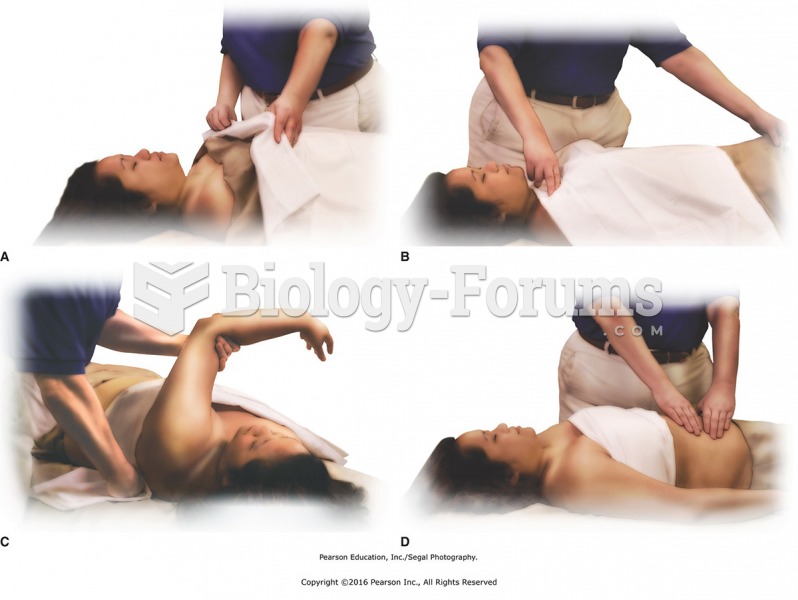This topic contains a solution. Click here to go to the answer
|
|
|
Did you know?
Asthma-like symptoms were first recorded about 3,500 years ago in Egypt. The first manuscript specifically written about asthma was in the year 1190, describing a condition characterized by sudden breathlessness. The treatments listed in this manuscript include chicken soup, herbs, and sexual abstinence.
Did you know?
More than 34,000 trademarked medication names and more than 10,000 generic medication names are in use in the United States.
Did you know?
The familiar sounds of your heart are made by the heart's valves as they open and close.
Did you know?
The human body produces and destroys 15 million blood cells every second.
Did you know?
Increased intake of vitamin D has been shown to reduce fractures up to 25% in older people.
 Pelvic inflammatory disease. Chlamydia or gonorrhea spreads up the vagina into the uterus and then t
Pelvic inflammatory disease. Chlamydia or gonorrhea spreads up the vagina into the uterus and then t
 The female reproductive system. (a) Sagittal section through the pelvis. (b) Top view of pelvic orga
The female reproductive system. (a) Sagittal section through the pelvis. (b) Top view of pelvic orga





